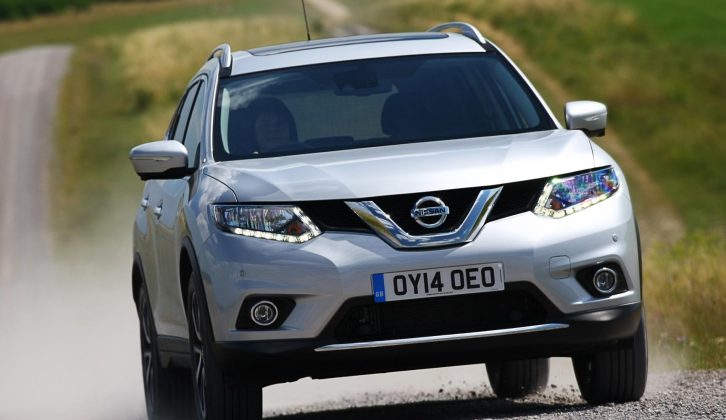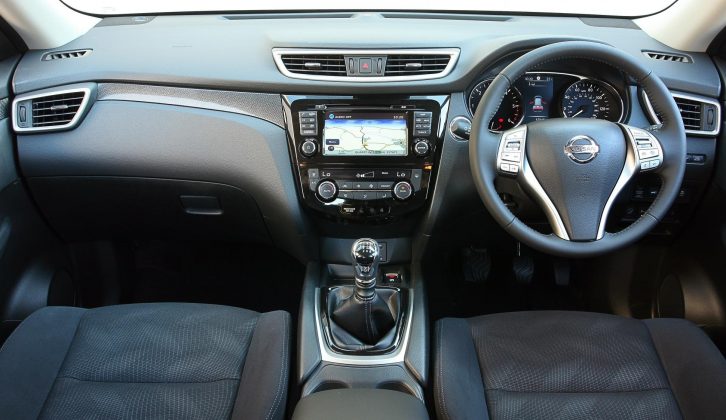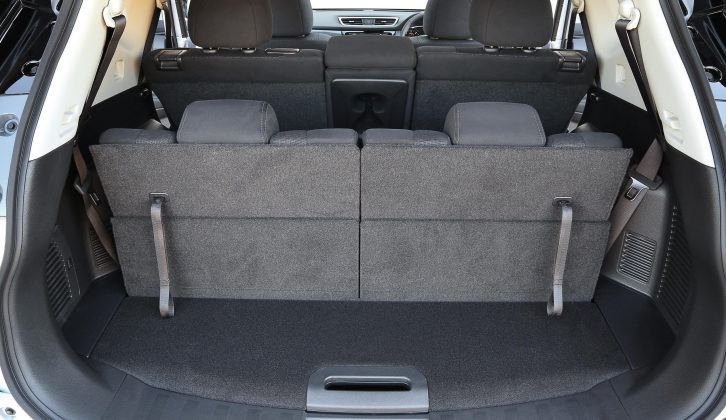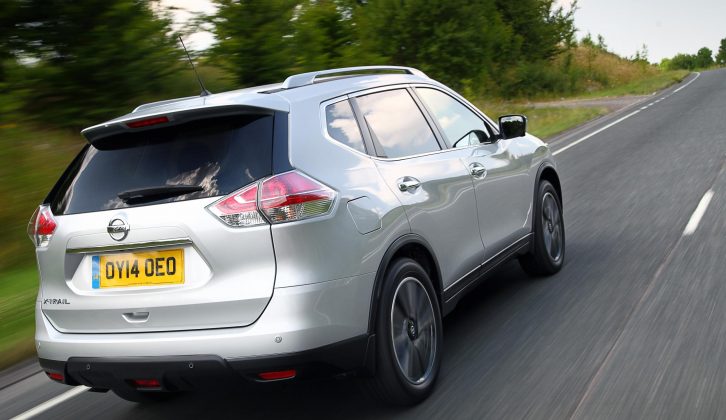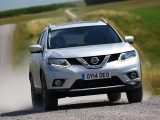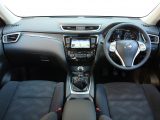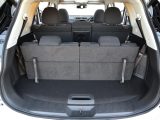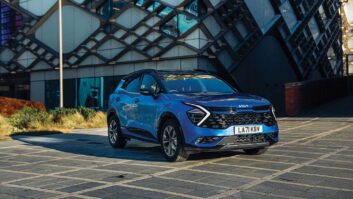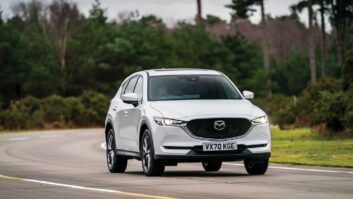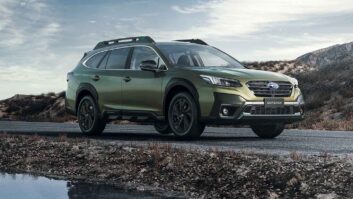I’ve been looking forward to driving the new Nissan X-Trail. Given that its little brother, the Qashqai, was named overall champion at the Tow Car Awards 2014, there’s a good chance the new X-Trail will tow well. And since the X-Trail is bigger and heavier than the Qashqai, it really ought to.
The chance to drive the Nissan came at a test drive event arranged by the Society of Motor Manufacturers and Traders last week. Try to imagine speed dating for cars and journalists. Rows of PRs sit behind desks, and hand over the keys to a selection of their latest models. The length of each test drive is necessarily limited so the next speed-dater gets his or her turn, but it does give the chance to drive a lot of cars in just one day.
The X-Trail was top of my list. First impressions? It looks good in the metal, tough but not in-your-face aggressive. Inside the X-Trail’s dash is similar to the Qashqai’s, with the same high-quality feel. The cabin has certainly taken a step upmarket compared with the previous generation.
Every X-Trail is powered by the same 1.6-litre engine. It does a good job in the smaller Qashqai, but I’ve received emails from one or two readers wondering if it’s up to the job of pulling the heavier X-Trail and the weightier caravans which make sensible matches.
Torque is what really counts when towing, not the cubic capacity, and the Nissan X-Trail’s diesel has 236lb ft. That puts it on a par with many 2.0-litre diesels.
My impression is that should be enough for reasonable performance when towing on your caravan holidays, but there’s no shortage of 4x4s at a similar price point with more muscle for heavy-duty towing. The Kia Sorento and Hyundai Santa Fe both have at least 311lb ft, depending on the gearbox fitted.
The benefit of a very efficient, small capacity engine like the Nissan’s 1.6-litre comes at the fuel pumps. Official figures promise 57.6mpg for the two-wheel-drive model, or 53.3mpg for the four-wheel-drive which I drove. There’s also a 2WD Xtronic automatic, which returns 55.4mpg. These figures comfortably beat those of the heavier and more powerful Hyundai and Kia.
To drive, the X-Trail is relaxed and easy-going. The suspension has been tuned for ride comfort rather than sharp handling, and absorbs bumps well. That does mean the car feels a little top-heavy if you corner enthusiastically, though. Better to drive at a steady pace and enjoy the plush ride and quality interior.
There’s lots of space in the first and second rows of seats – a six-foot passenger can easily find room behind a six-foot passenger. The rear doors open nice and wide, too, which really helps when putting a youngster in their child seat.
A third row of seats is a £700 option, and was fitted to my test car. However, seats six and seven are very cramped and claustrophobic. If you use the third row regularly a Mitsubishi Outlander is a better bet.
The third row folds away when not in use but even then it takes up space in the floor, reducing the boot capacity from 550 litres to 445 litres compared with the five-seat version. Luggage space can be extended further by sliding the rear seats forward on runners, but legroom in the second row will suffer. The middle bench also folds flat to leave a long, wide load bay.
As you’d expect of a modern 4×4, the new X-Trail is remarkably light. This helps with fuel economy and emissions figures, but does reduce the range of suitable caravans if you take a strict approach to outfit matching.
Nissan quotes kerbweights without the driver, so adding 75kg to allow for the person behind the wheel gives a minimum kerbweight of 1575kg for the 2WD. That makes for an 85% match figure of 1339kg. The 4×4 has a minimum kerbweight including the driver of 1655kg, which gives an 85% match figure of 1407kg. Both the 2WD and 4WD have 2000kg towing limits and a 100kg maximum download on the towball.
The 2WD Xtronic weighs 40kg more than the 2WD manual but the legal towing limit drops to 1500kg and the maximum noseweight is 75kg.
It’s impossible to really get to know someone on a speed date, just as you can’t fully get under the skin of a car in just a few miles. However, I’ve learned enough about the X-Trail to realise it’s a car I’d like to know better.
Touch wood, I should get that chance when the Nissan X-Trail joins our long-term test fleet early next year, then we can really discover what tow car potential it has.
Torque is what really counts when towing and the Nissan X-Trail's diesel has 236lb ft
